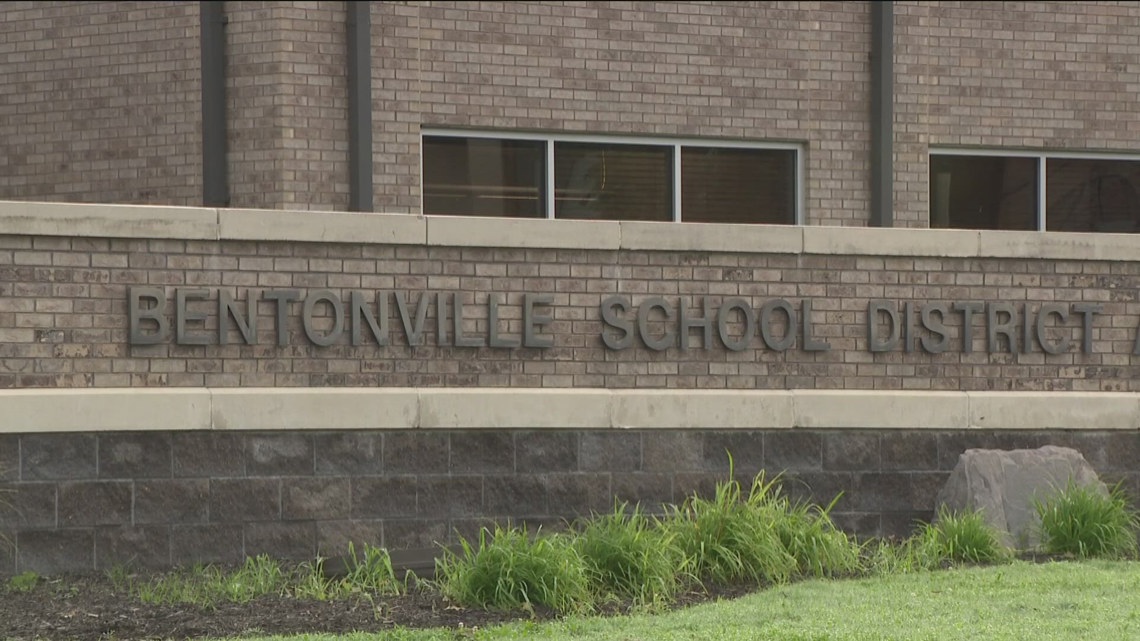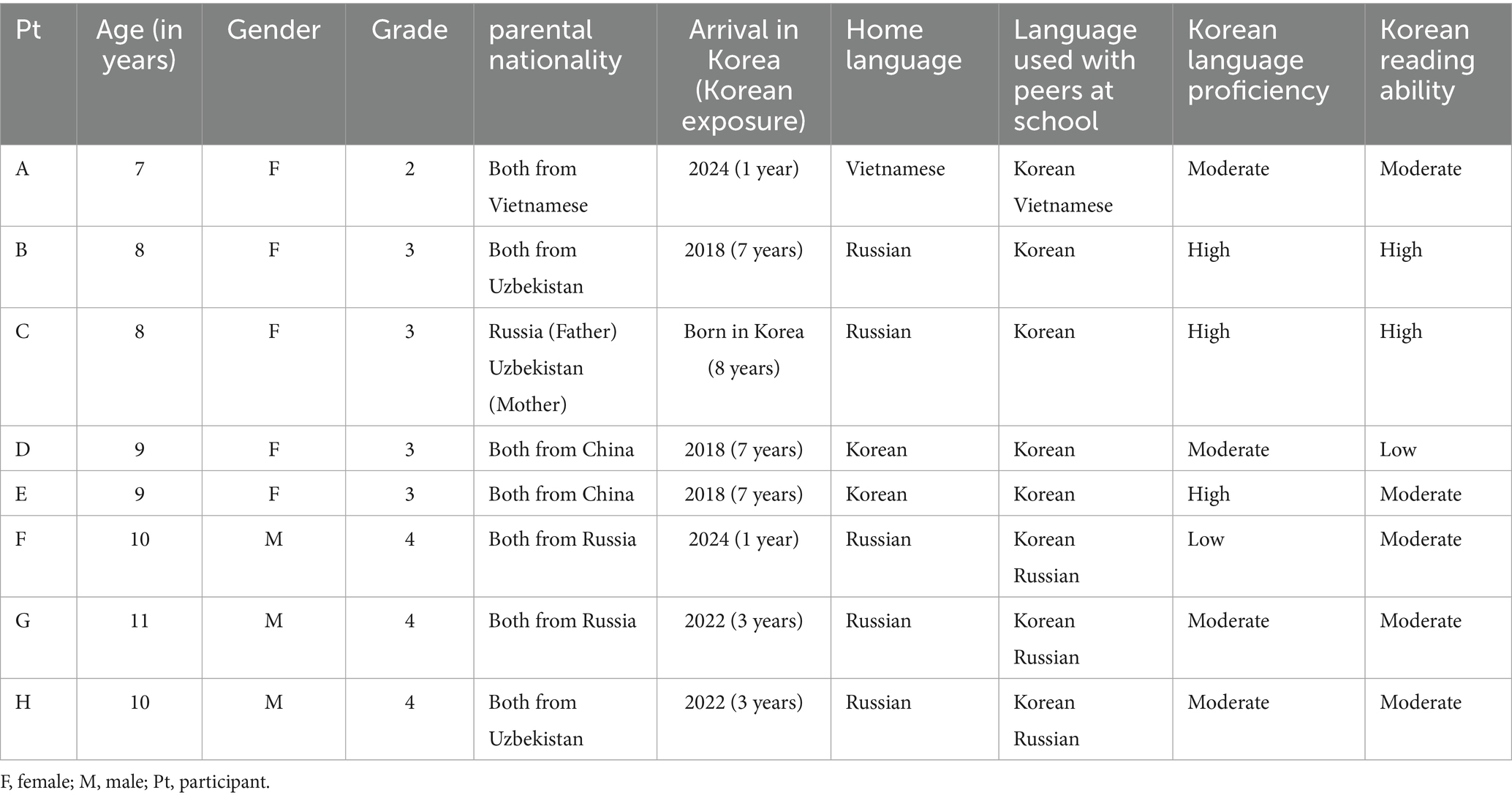Educational Policy Reform in Arkansas Aligns with Sustainable Development Goals
Introduction: Policy Shift in Bentonville and Rogers School Districts
The Bentonville School Board has voted to eliminate the class ranking system, including the titles of valedictorian and salutatorian, effective with the senior class of 2026. This decision mirrors a similar policy change enacted by Rogers Public Schools and reflects a growing commitment to educational models that prioritize student well-being and holistic development, in direct alignment with the United Nations Sustainable Development Goals (SDGs).
Promoting Student Well-being (SDG 3)
The primary driver for this policy reform is the enhancement of student mental health, a core component of SDG 3: Good Health and Well-being. The traditional class ranking system has been identified as a significant source of stress and anxiety for students.
- Dr. Jennifer Morrow, Executive Director of Secondary Education for Bentonville, noted that community feedback consistently highlighted the negative impact of class rankings on students’ mental health.
- Superintendent Dr. Jeff Perry of Rogers described the system as creating “an extremely unhealthy competition,” which often extends to parental pressure, further compromising student well-being.
- By removing this competitive metric, the districts aim to create a learning environment that fosters mental and emotional health, contributing directly to SDG Target 3.4, which seeks to promote mental health and well-being.
Enhancing Quality and Equity in Education (SDG 4)
This policy change is a strategic move to advance SDG 4: Quality Education by fostering a more inclusive, equitable, and effective learning environment. The focus shifts from competition for numerical standing to the pursuit of genuine academic and personal interests.
- Encouraging Diverse Learning Paths: Students reported feeling constrained by the ranking system, avoiding courses in arts or health sciences that they were passionate about to protect their GPA. The new policy empowers students to select courses aligned with their long-term goals, fostering a more personalized and meaningful education.
- Fostering Intrinsic Motivation: The elimination of class rank encourages students to focus on learning for its own sake rather than for a competitive advantage. This supports the development of lifelong learners, a key objective of SDG 4.
- Improving Equity: The reform creates a more equitable system where students are not penalized for exploring a broader, more diverse curriculum that may include non-weighted elective courses.
Inclusive Decision-Making and Strong Institutions (SDG 16)
The process undertaken by the Bentonville School District exemplifies the principles of SDG 16: Peace, Justice, and Strong Institutions, which calls for responsive, inclusive, and participatory decision-making.
- The district conducted a thorough consultation process to ensure the decision was reflective of community and stakeholder needs.
- This process included two community input sessions, meetings with the high school student advisory council, individual family meetings, and an online feedback form.
- Notably, the reform was supported even by students who held the highest ranks, including a number one and number two ranked student, underscoring the broad consensus and the integrity of the inclusive institutional process.
Implications for Higher Education and Future Work (SDG 8)
The elimination of class rank aligns with evolving standards in higher education and supports SDG 8: Decent Work and Economic Growth by better preparing students for future careers.
- Suzanne McCray, Dean of Admissions at the University of Arkansas, confirmed that many universities no longer consider class rank a critical factor, viewing it as a “problematic piece of information.”
- This policy allows students to build a more authentic and compelling academic profile based on their interests and chosen field of study, such as health sciences.
- By enabling students to pursue their true interests early on, the reform can lead to better career alignment and contribute to a more fulfilled and productive workforce.
Analysis of Sustainable Development Goals in the Article
1. Which SDGs are addressed or connected to the issues highlighted in the article?
-
SDG 3: Good Health and Well-being
The article directly addresses the mental health and well-being of students. It highlights that the class ranking system creates “unhealthy competition” and “an enormous amount of pressure,” and its elimination is intended to “ease mental health pressures.” This focus on the psychological well-being of young people aligns with SDG 3.
-
SDG 4: Quality Education
The article discusses a fundamental change in the educational system aimed at improving the quality of the learning experience. By removing class rankings, the schools aim to foster a more holistic and less competitive environment. This allows students to make “more balanced course selections” based on genuine interest and long-term career goals, such as pursuing arts or health sciences, rather than solely on how a course might impact their numerical rank. This shift promotes a more equitable and effective education that values individual interests and skills, which is a core principle of SDG 4.
2. What specific targets under those SDGs can be identified based on the article’s content?
-
Under SDG 3: Good Health and Well-being
-
Target 3.4: By 2030, reduce by one third premature mortality from non-communicable diseases through prevention and treatment and promote mental health and well-being.
Explanation: The decision by the Bentonville and Rogers school districts to eliminate class rank is a direct measure to “promote mental health and well-being” among students. The article explicitly states that the system’s impact on “students’ mental health” was a key factor in the decision, with the goal of reducing the “unhealthy competition” and “pressure” that can negatively affect students’ psychological state.
-
Target 3.4: By 2030, reduce by one third premature mortality from non-communicable diseases through prevention and treatment and promote mental health and well-being.
-
Under SDG 4: Quality Education
-
Target 4.4: By 2030, substantially increase the number of youth and adults who have relevant skills, including technical and vocational skills, for employment, decent jobs and entrepreneurship.
Explanation: The article provides a specific example of a student who “couldn’t study health science electives and stay in the top 10, even though that’s the field he really wants to pursue.” By eliminating class rank, the policy change encourages students to take courses that provide relevant vocational skills (like health sciences) aligned with their career aspirations, directly supporting the aim of this target. -
Target 4.7: By 2030, ensure that all learners acquire the knowledge and skills needed to promote sustainable development, including, among others, through education for… a culture of peace and non-violence… and appreciation of cultural diversity and of culture’s contribution to sustainable development.
Explanation: The elimination of class rank aims to shift the school culture away from “unhealthy competition” towards a more collaborative and supportive environment, which aligns with promoting a “culture of peace and non-violence.” Furthermore, it allows students the freedom to take electives they are “genuinely interested in, such as arts,” which fosters an “appreciation of… culture’s contribution to sustainable development.”
-
Target 4.4: By 2030, substantially increase the number of youth and adults who have relevant skills, including technical and vocational skills, for employment, decent jobs and entrepreneurship.
3. Are there any indicators mentioned or implied in the article that can be used to measure progress towards the identified targets?
-
For Target 3.4 (Promote mental health and well-being)
-
Implied Indicator: Reduction in student-reported stress and anxiety.
Explanation: The article’s central theme is that eliminating class rank will “ease mental health pressures.” Progress could be measured by surveying students about their stress levels and perceptions of academic pressure before and after the policy change. -
Implied Indicator: Student perception of competition within the school environment.
Explanation: Dr. Jeff Perry described the system as creating “an extremely unhealthy competition.” An indicator of success would be a measured decrease in students’ perception of this unhealthy competition, which could be assessed through school climate surveys.
-
Implied Indicator: Reduction in student-reported stress and anxiety.
-
For Target 4.4 (Increase relevant skills)
-
Implied Indicator: Enrollment numbers in vocational and technical elective courses.
Explanation: The article gives the example of a student unable to take “health science electives.” An increase in the number of students enrolling in such career-oriented electives after the policy change would be a direct, measurable indicator of progress toward this target.
-
Implied Indicator: Enrollment numbers in vocational and technical elective courses.
-
For Target 4.7 (Promote holistic education)
-
Implied Indicator: Enrollment numbers in non-core academic electives like the arts.
Explanation: The article mentions that students would feel free to take electives like “arts or health science courses.” Tracking enrollment in arts and other cultural courses would indicate whether students feel more able to pursue a balanced and holistic education that aligns with their interests.
-
Implied Indicator: Enrollment numbers in non-core academic electives like the arts.
4. Table of SDGs, Targets, and Indicators
| SDGs | Targets | Indicators (Implied from Article) |
|---|---|---|
| SDG 3: Good Health and Well-being | 3.4: Promote mental health and well-being. |
|
| SDG 4: Quality Education | 4.4: Increase the number of youth with relevant skills, including technical and vocational skills. |
|
| 4.7: Ensure learners acquire knowledge and skills for sustainable development, including appreciation of culture. |
|
Source: 5newsonline.com







